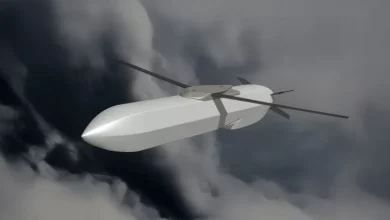Germany sends Ukraine tens of thousands of new shells for Gepard air defense systems

Germany has delivered new ammunition for Gepard anti-aircraft systems to the Ukrainian Armed Forces, the German Defense Ministry said in a report on Sep. 5
The delivery was made several months after the agreement on it was signed, the ministry said. The construction of an ammunition production line has been successful, allowing for the “first delivery of a five-digit number” of shells to Ukraine, the ministry, meaning the number of shells delivered was at least 10,000.
Germany will continue to support Ukraine in its areas of strength: artillery, ammunition and ground-based air defenses, German Defense Minister Boris Pistorius also said.
To date, Germany has delivered 46 Gepard systems to Ukraine, with six more planned for delivery.
The Pentagon has also announced it is to purchase $118 million worth of Gepard systems for Ukraine. The number of systems is undisclosed, but German newspaper Die Welt reported on June 27 that the United States plans to supply up to 30 of the systems to Ukraine by the end of 2023.
The Gepard system is a radar targeted mobile anti-aircraft cannon mounted on a tank chassis. In Ukraine, it has been particularly effective against Iranian-made Shahed suicide drones, with one system reported to have downed 10 of the drones in a single engagement, according to a report by Radio Free Europe/Radio Liberty.
The system is also effective against cruise missiles.





